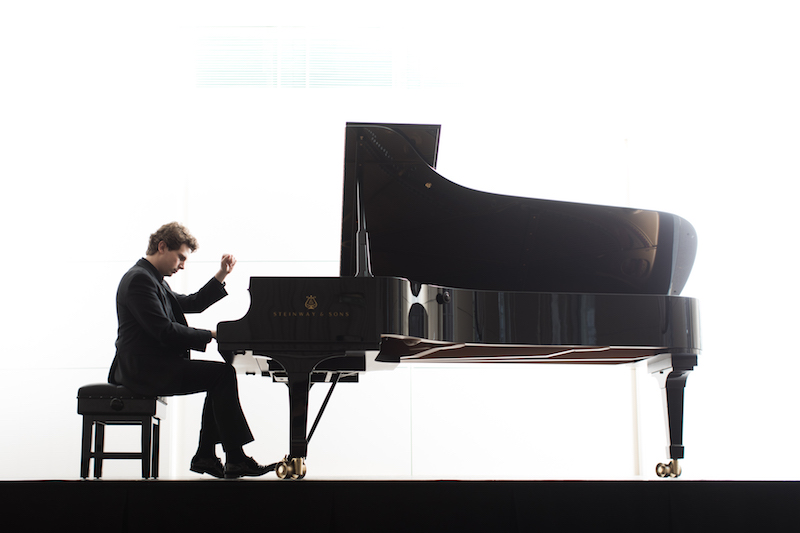After the generosity of program three which included both the Second and Third Beethoven piano concertos a mere two days before, Nicholas Carter’s Adelaide Symphony Orchestra concluded their piano cycle with the most popular of all of five, and the only named one, the fifth, known as the ‘Emperor’. Although one may assume that this follows on from the composer’s initial wish to name his ‘Eroica’ symphony after Napoleon (he withdrew his desire to do so after Bonaparte called himself Emperor), the concerto was given its name by Beethoven’s London publisher who felt that it would take a truly regal place amongst all concertos – and it has indeed done that.
 Jayson Gillham. Photograph © Benjamin Ealovega
Jayson Gillham. Photograph © Benjamin Ealovega
Commencing the concert with Schubert’s youthful yet assured vernal Fifth Symphony, Carter presented a work which, though it was written only a decade after the concerto and at the early age of 19, looks both forward and back. Structured in a very Mozartian style as a four-movement Classical symphony, it omits some brass, clarinets and percussion and is only scored for one flute. Although the orchestra looked large in number on the...










Comments
Log in to join the conversation.